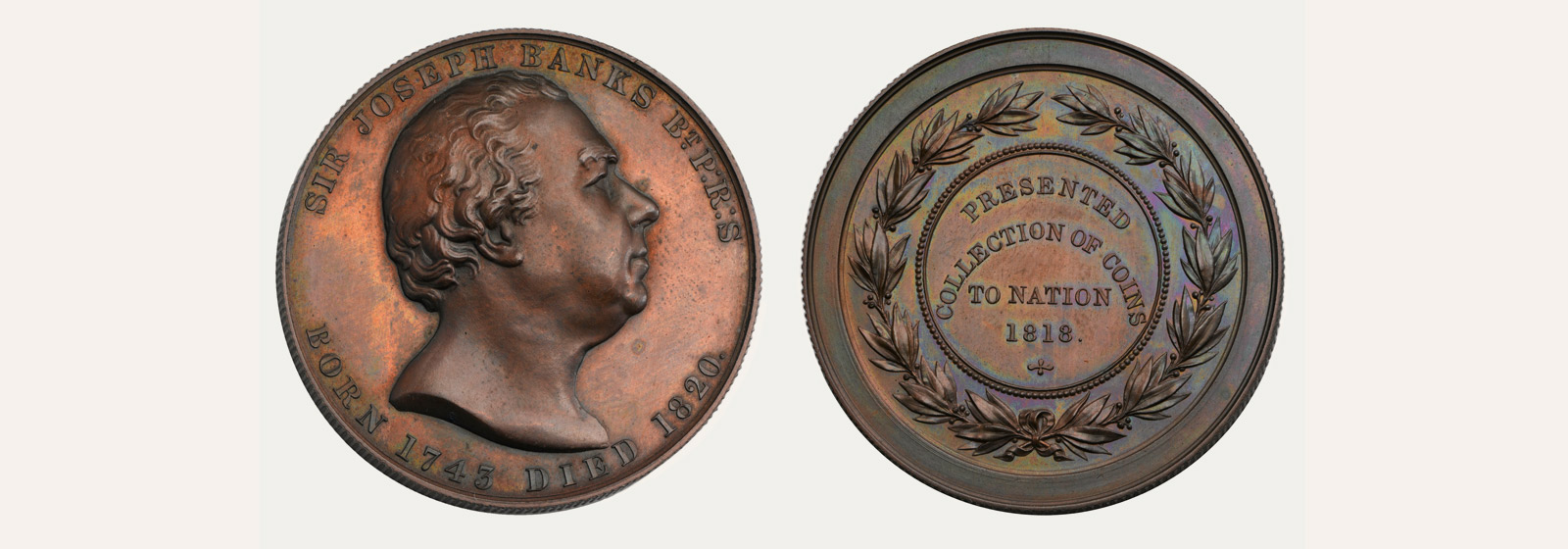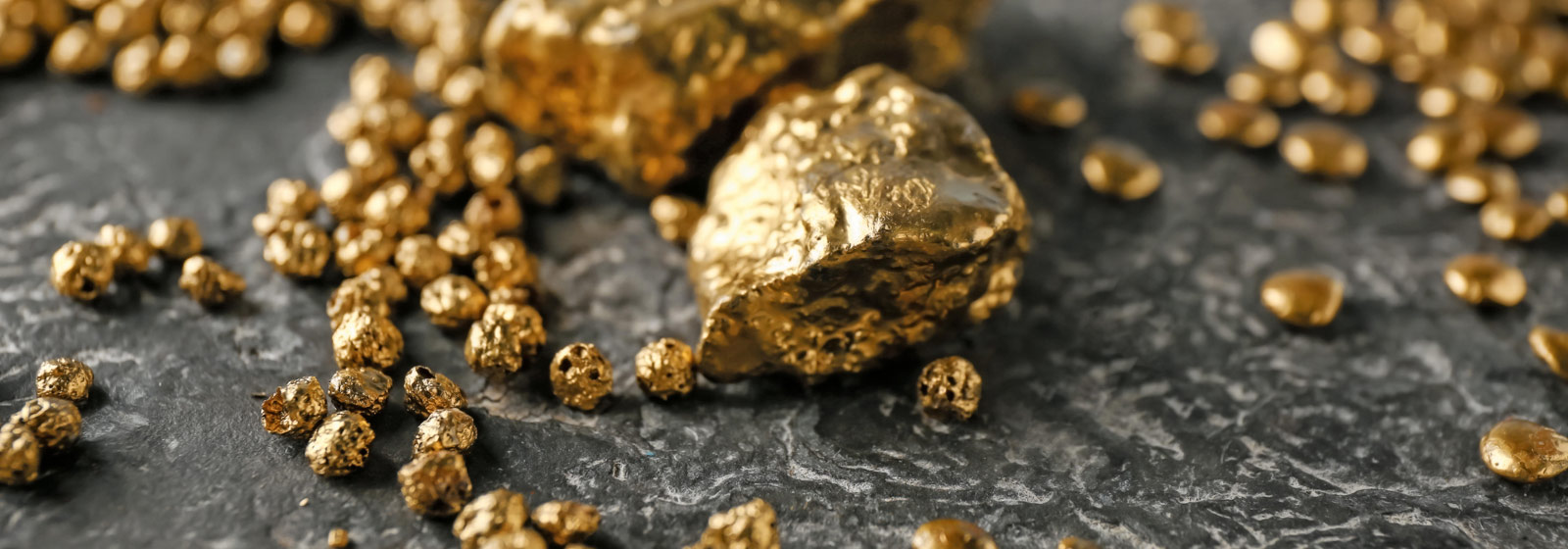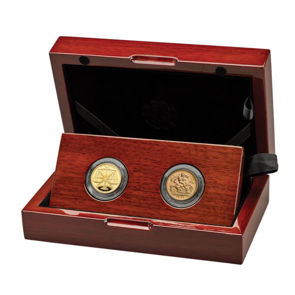A Remarkable Female Collector from the Georgian Age
In 1818, an astonishing collection of more than 30,000 coins, medals, newspaper clippings, playbooks, visiting cards and tokens was donated to the British Museum. Thousands of items remain on display there today, whilst more than 2,000 of the coins and tokens came to The Royal Mint Museum, as well as a library of valuable works.
Offering a fascinating insight into the lives of the Georgian elite, the collection belonged to Sarah Sophia Banks and stands as one of the largest and most varied to be accepted by the British Museum. The fact that a woman was able to amass such a collection during the late eighteenth and early nineteenth centuries is remarkable, yet her name has been largely forgotten by history.
Born in 1744 to William Banks MP and his wife Sarah, the young Sarah Sophia was brought up at Revesby Abbey in Lincolnshire with her elder brother, the famous scientist Sir Joseph Banks. It’s likely that Sarah Sophia’s early collections were influenced by her brother’s interest in natural history. When he later accompanied Captain James Cook on his voyage to the South Pacific, Sarah Sophia corresponded with him whilst he was at sea.

On Joseph’s return, Sarah Sophia helped to organise the many natural specimens he had collected on his travels and, through him, was able to mix with the most eminent scientists and explorers of the day. These included the Scottish explorer Mungo Park, who, upon being met with hostility in west Africa, had been given 5,000 cowrie shells by the king of Bambara on the condition that he leave. Back in Britain, he presented Sarah Sophia with the remaining four shells, which were valuable currency in Africa and can be found on display in the British Museum’s Enlightenment Room.
It appears that Sarah Sophia began collecting coins in the 1780s and kept a detailed list of the coins, tokens and medals she acquired from more than 500 people. The geographical arrangement of her coins, although standard today, was unusual at the time, with coin collections more commonly arranged alphabetically.
In addition to her own collection, Sarah Sophia gave and exchanged coins with 480 people. Interestingly, more than a quarter of these were women from a range of social backgrounds, including George III’s daughter Princess Elizabeth, female relatives of members of the Royal Society, women of ‘intellectual promise’ and even a curious housekeeper.
Making Traditions – Gold in Our Culture
Discover More
Amongst the library donated to The Royal Mint Museum from Sarah Sophia’s collection were not only standard works on British coins, but also books on European numismatics, including some Dutch merchant volumes dating to the early seventeenth century. The Royal Mint Museum was established in 1816, only two years before Sarah Sophia’s death, and her gift provided the core of the Museum’s library for many years. Sir Joseph was also an early and generous benefactor of the Museum, and is the subject of a fine portrait medal illustrated by the designer William Wyon, which remains in the Museum today.
Sarah Sophia never married, instead living with Joseph and his wife Dorothea for all of her adult life. She was interested in botany, music, chess and heraldry, kept a detailed scrapbook on hot air ballooning, and took part in fishing parties and archery, at which she was apparently able to outshoot most of the men.
Recommended

The Gold Standard Set
Low Limited Edition Presentation
Price: £1,150.00

